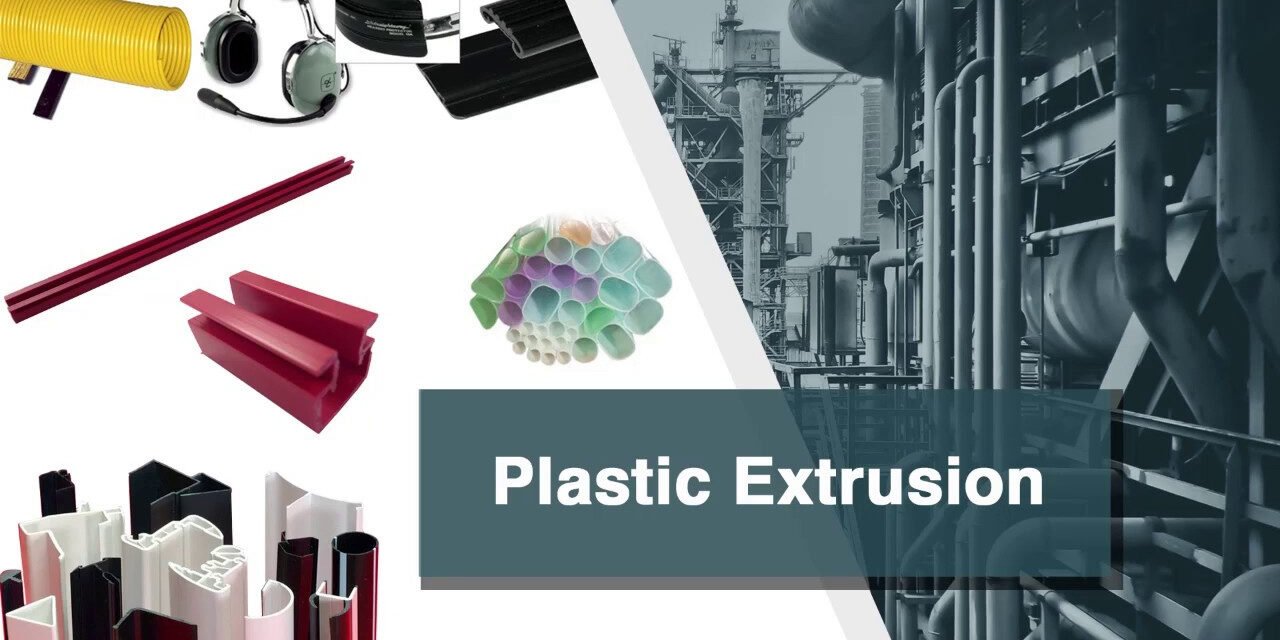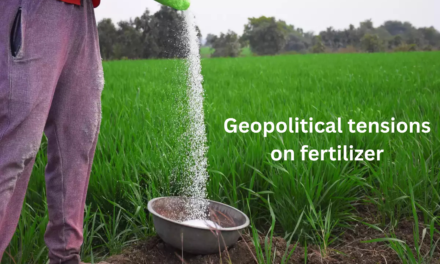Plastic Extrusion Manufacturing and Its Process
Plastic extrusion is a manufacturing process used to produce continuous plastic profiles such as pipes, sheets, films, and tubing. It involves melting raw plastic material and shaping it into a specific form using a mold or die. This process is widely used in industries such as packaging, construction, automotive, and medical devices.
How Does Plastic Extrusion Work?
1. Raw Material Feeding
- The process begins with feeding plastic pellets, granules, or powder into a hopper.
- Additives such as colorants, stabilizers, and fillers may be mixed to enhance material properties.
2. Melting and Heating
- The raw plastic moves into a heated barrel containing a rotating screw.
- Heat and friction gradually melt the plastic as it advances through the barrel.
- Temperature zones are carefully controlled to ensure uniform melting.
3. Pressurizing and Mixing
- The rotating screw pushes the molten plastic forward while mixing it to ensure consistency.
- Air bubbles and impurities are removed during this stage.
4. Shaping through the Die
- The molten plastic passes through a custom-designed die, which shapes it into the desired profile.
- Common extruded shapes include tubes, rods, sheets, and films.
5. Cooling and Solidification
- The extruded plastic enters a cooling chamber, often with water or air, to harden and maintain its shape.
- Cooling speed is controlled to prevent defects such as warping or shrinkage.
6. Cutting and Finishing
- The solidified plastic is cut into specified lengths using automated cutters or saws.
- Additional processes such as surface finishing, embossing, or perforation may be applied.
7. Quality Inspection and Packaging
- The final product undergoes quality checks to ensure uniform thickness, strength, and appearance.
- Products are packaged and prepared for distribution.
Types of Plastic Extrusion Processes
- Continuous Extrusion – Produces long sections like pipes and films.
- Discontinuous Extrusion – Used for creating sheets and specific mold shapes.
- Co-Extrusion – Combines multiple layers of different plastics for enhanced properties.
- Blown Film Extrusion – Used for manufacturing plastic bags and flexible films.
Advantages of Plastic Extrusion
- High efficiency and continuous production.
- Cost-effective for large-scale manufacturing.
- Ability to create complex cross-sectional shapes.
- Suitable for recycling and reusing plastic waste.
Conclusion
Plastic extrusion is an essential manufacturing process that transforms raw plastic materials into various functional products. It is widely used in multiple industries due to its efficiency, versatility, and ability to produce high-quality plastic components.
Hashtags
#PlasticExtrusion #ExtrusionManufacturing #PolymerProcessing #PlasticsIndustry #ExtrudedPlastics #ThermoplasticProcessing #CustomExtrusion #PlasticProfiles #SheetExtrusion #PipeExtrusion #SustainablePlastics #PlasticTechnology #ExtrusionSolutions #PlasticProducts #ManufacturingInnovation #RecyclablePlastics #PlasticEngineering #IndustrialExtrusion #PlasticComponents #ExtrusionProcess #EcoFriendlyPlastics

















